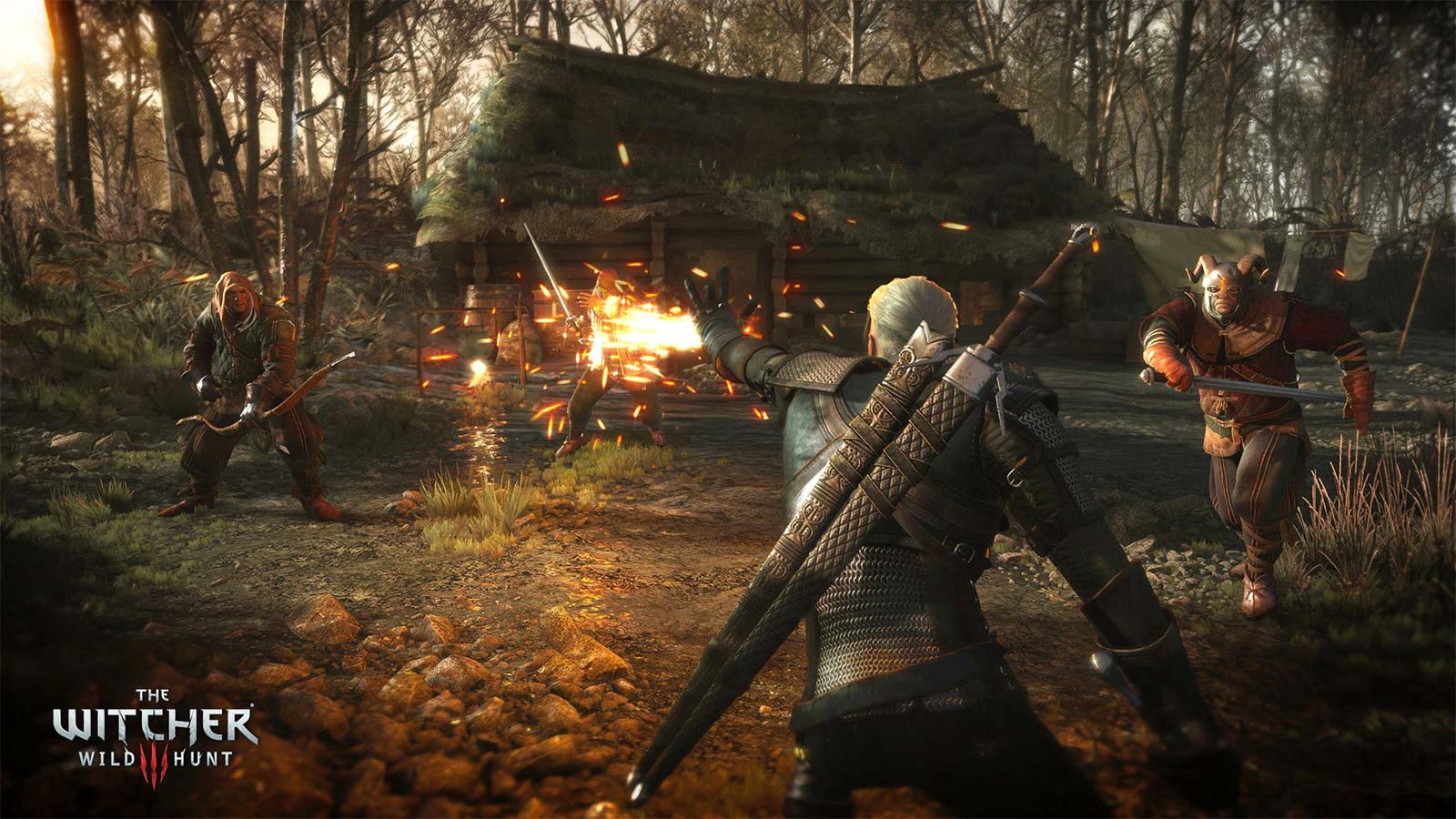

The question of “how big is too big?” is something we often find ourselves pondering in the world of video games. It’s a question that’s easy to ask, but it’s also one where a wide variety of different ideas and opinions leave few objective answers. Because of this, whether or not games are getting too big is up to where you stand on a variety of different components. This article is an expansion on my ‘Longest Single Player Games‘ piece and looks at those components and into what examples we think best illustrate the industry’s extremes.
Time Invested or Wasted?
When we think of long and engaging experiences, one of the first titles that will come to mind for most gamers is The Witcher 3. Often held up as an example of an open world done right, The Witcher 3 can take around 52 hours to beat for the main story alone according to How Long to Beat.
Add on the extras, and this completion time could easily be doubled – yet, even on this longer level, the game is considered a masterclass. It accomplishes its esteem by offering fleshed-out side stories that manage to be both interesting and appealing despite being offered in smaller bite-sized chunks.
Compare this to a game the Shadow of War, the sequel to the fantastically well-received Shadow of Mordor. Despite being less than half as long as The Witcher 3, Shadow of War is infamous for its dragged out and monotonous end-game. Rather than offering an alternate avenue to explore Tolkien’s work, Shadow of War relies on busywork and grinding, which was naturally not as well received.
Directed or Expanded?
Extrapolating from the idea of padded length, we also need to consider how it can be better to offer shorter game-lengths with more direct stories. Consider The Last of Us 2. We loved the game, but there were multiple points where it could or even should have ended, rather than dragging out more hours to continually hammer home the same message.
Compare TLOU 2 to a game like Undertale. Internationally lauded for its story, Undertale takes around seven hours to beat yet never feels rushed or undercooked. Unlike TLOU2, Undertale adopts brevity yet still manages to convey its message effectively.
The Turnaround
On the development side of the spectrum, we have the issue of turnaround time. On the efficient side of this, consider the multitude of games available from William Hill casino. From slots games like Wolves and Epic Ape to table games like blackjack and roulette, these titles are small and dedicated to a single purpose. Because of their targetted nature, the turnaround time is short, allowing for an enormous selection that still maintains quality.
On the other hand, we have a series like Final Fantasy. From 1987 to 1997 there were seven main series games released. From 1997 to 2007 there were six main series titles published. From 2007 to 2017, only three games released, with one being a re-release of FF14. In cases like these, games have gotten so immense that fans have to wait enormous periods of time for the next entries, which many are loathe to do.
The Question of Why
Painting the picture as we have, you might be wondering why developers and publishers keep making games bigger. In some cases, it’s a matter of pushing for the best graphics and largest worlds to appeal to users. Even if this idea is misplaced, it can drive up development time significantly.
Other times, larger worlds are the result of developers wanting to give players the longest experience possible. This can be great for those who love specific games, or when games like The Witcher manage this well, but it’s a difficult balancing act.
Ultimately, this is a trend that is in some cases unsustainable, but it’s likely to continue anyway. Game development costs have been ballooning for years, and the likes of microtransactions and season passes are the price that players have to pay. Whatever your stance, at least we live in a new era of indie gaming. Whether you want the biggest titles or find these games exhausting, there’s always something for you.

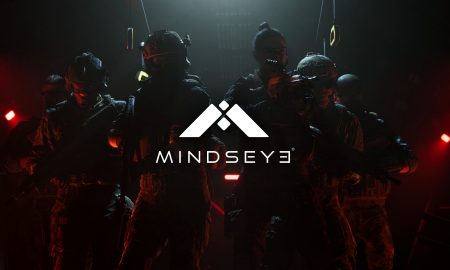

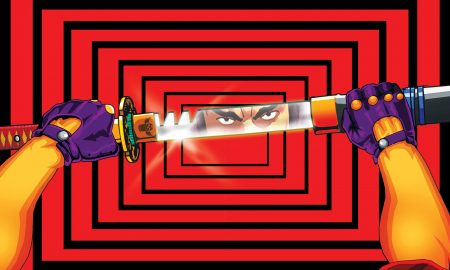
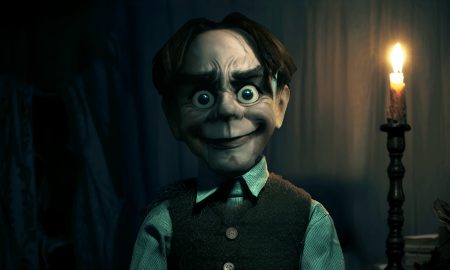
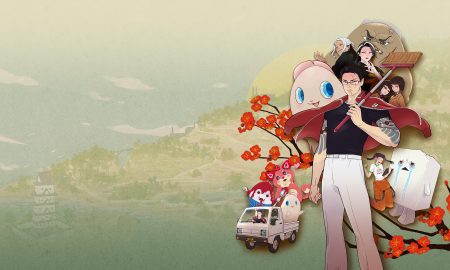
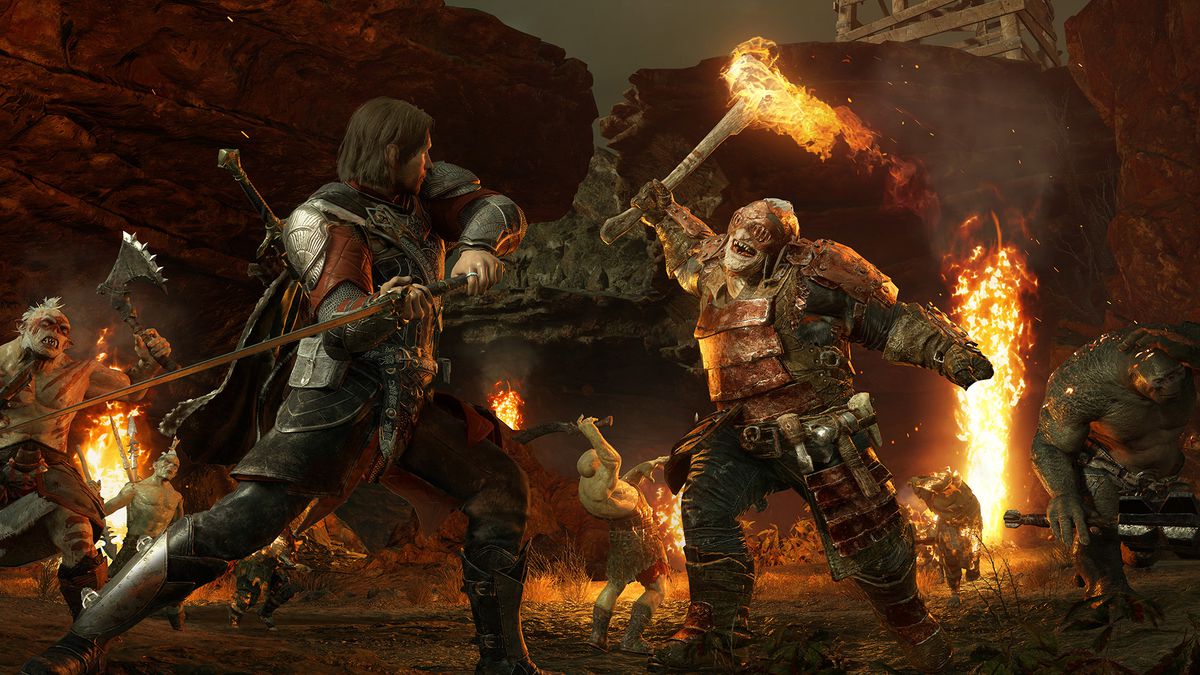
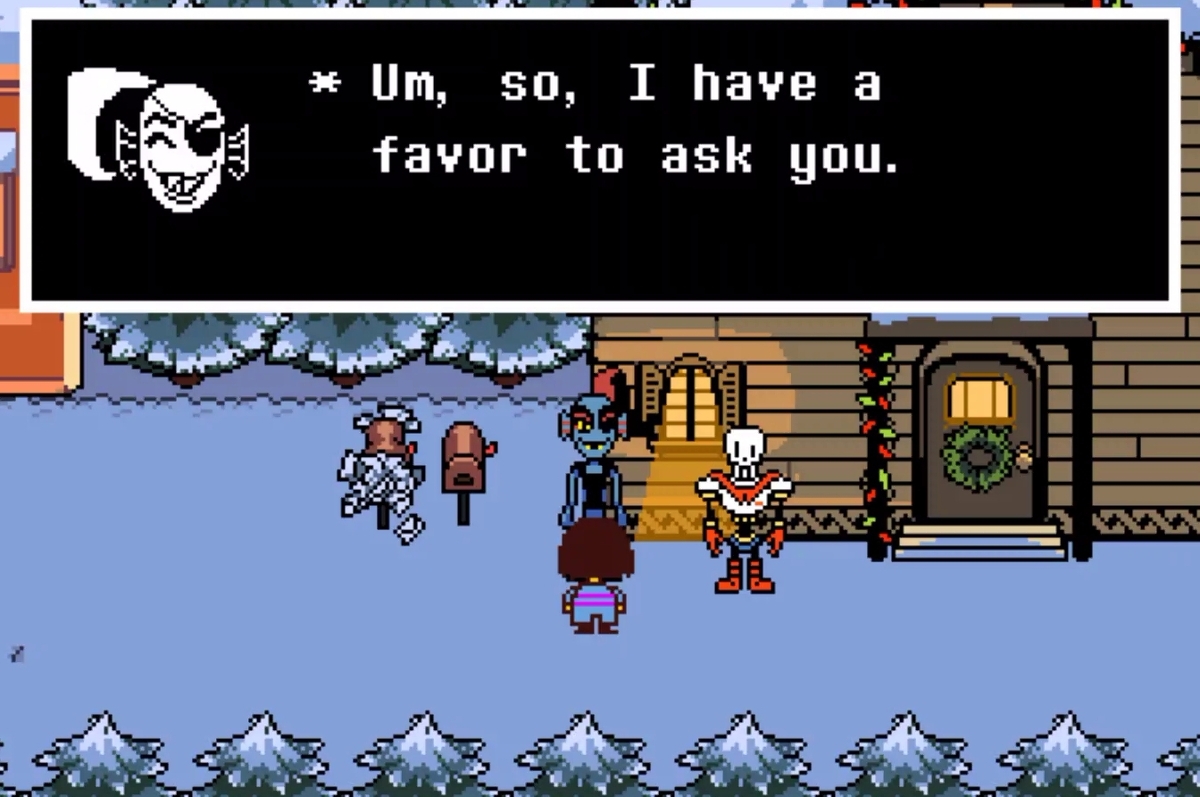








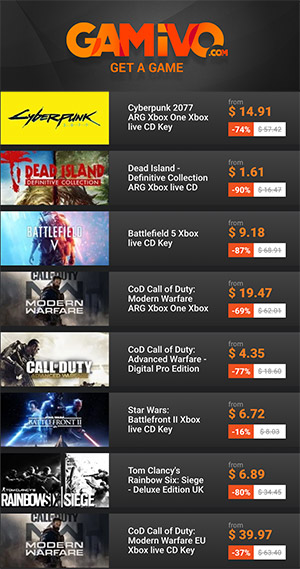















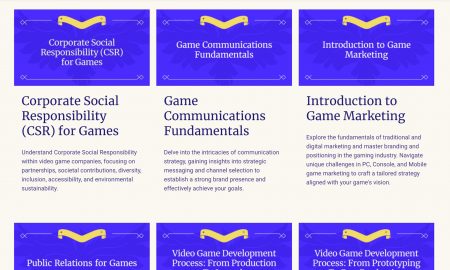
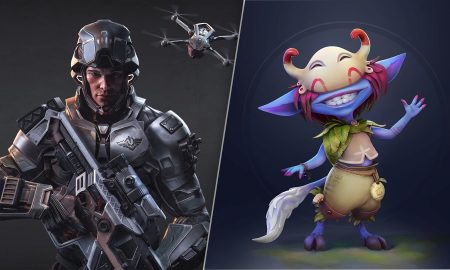


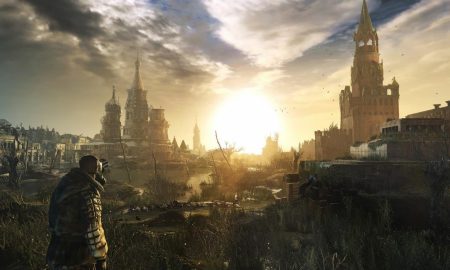
You must be logged in to post a comment Login